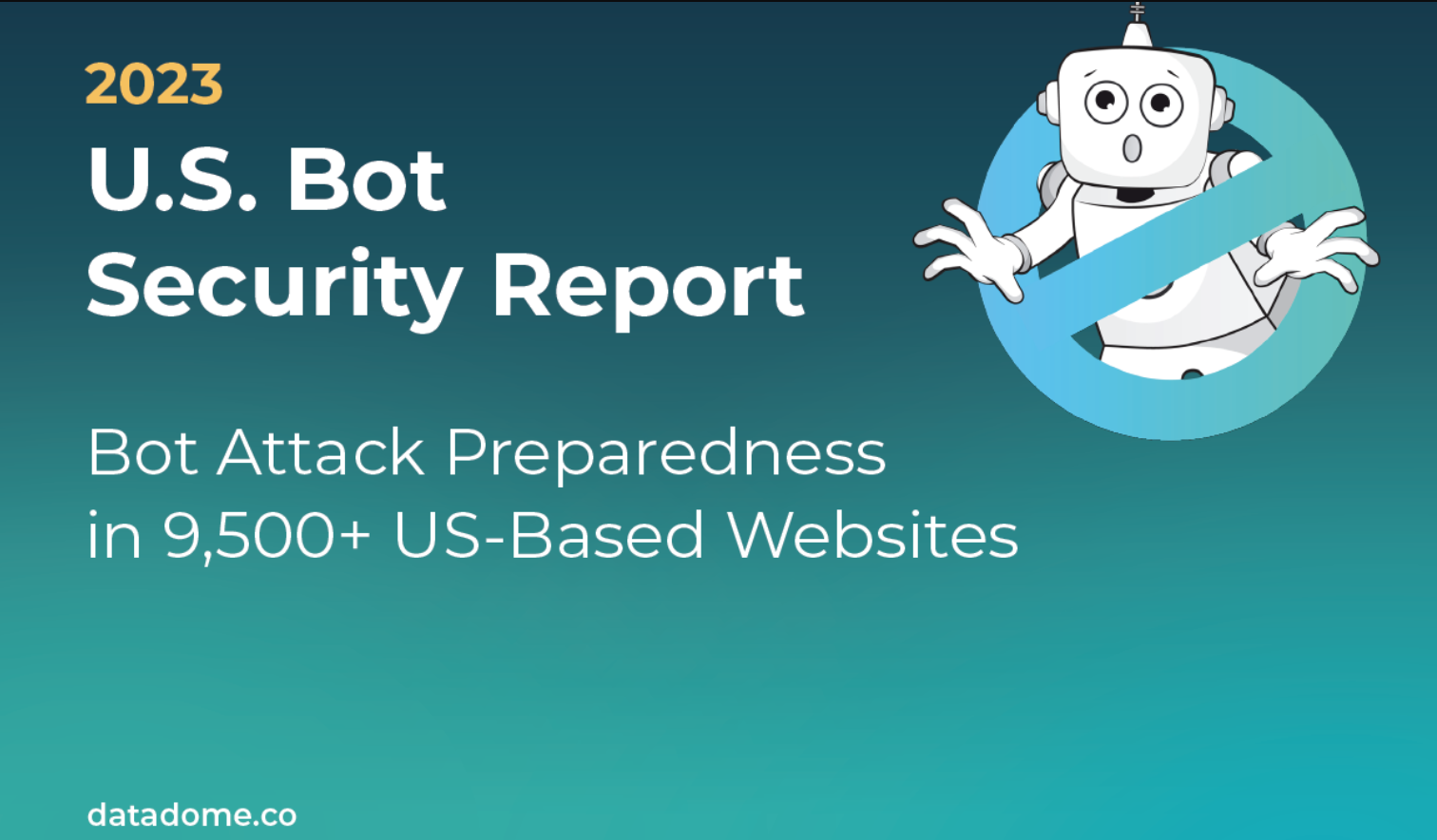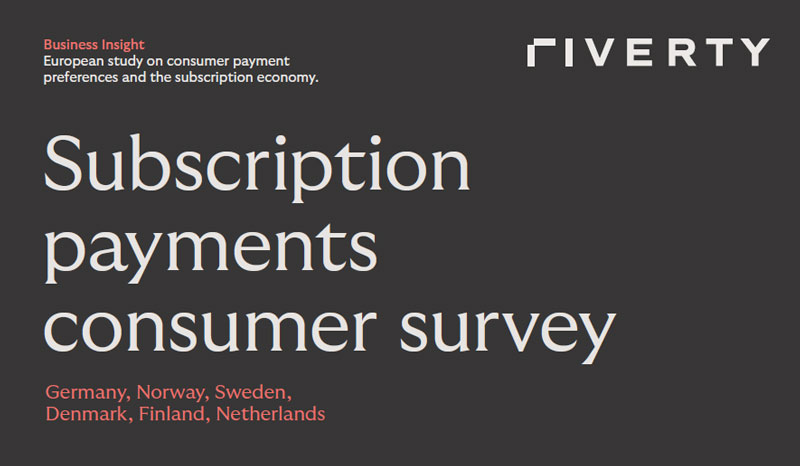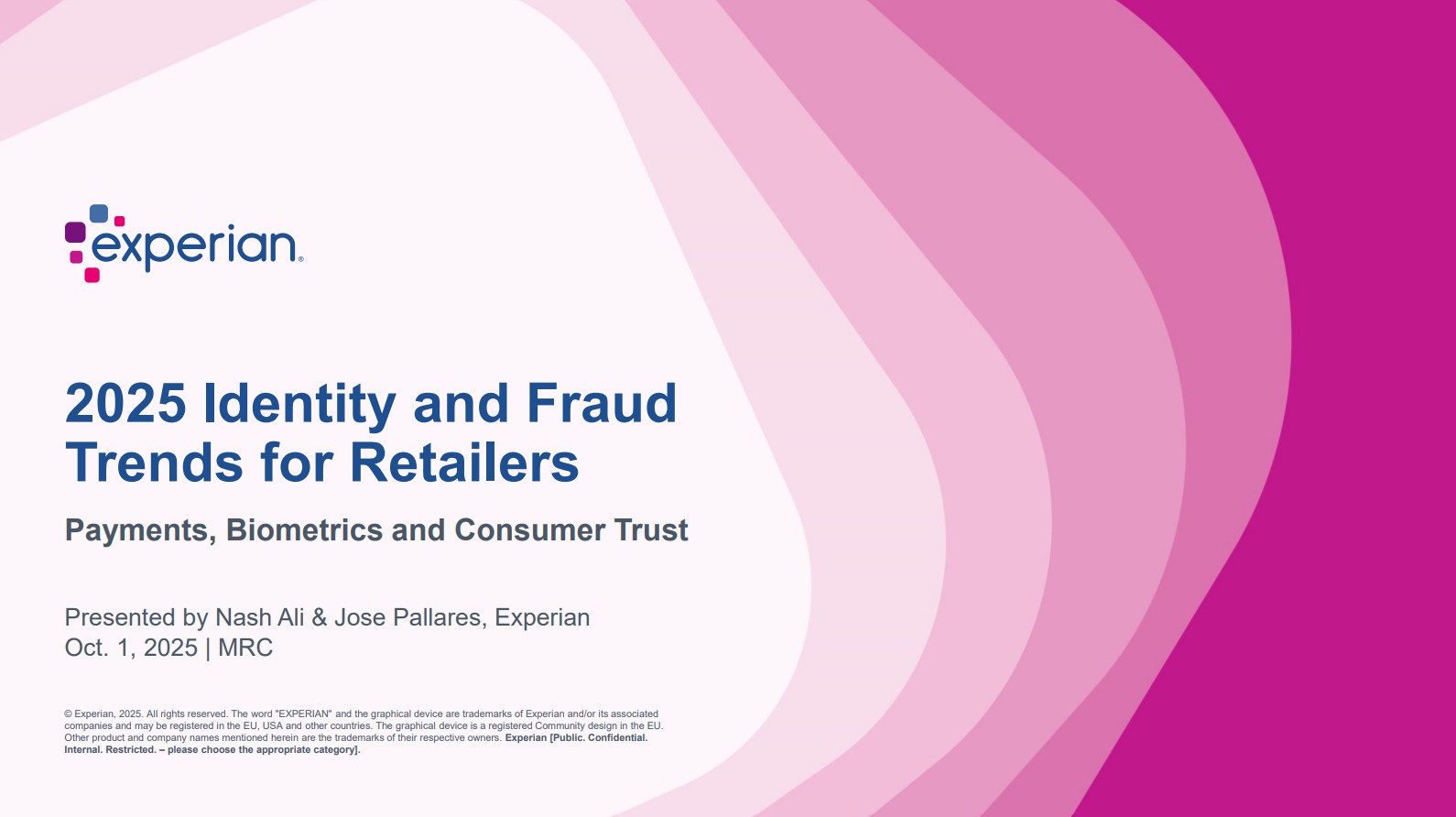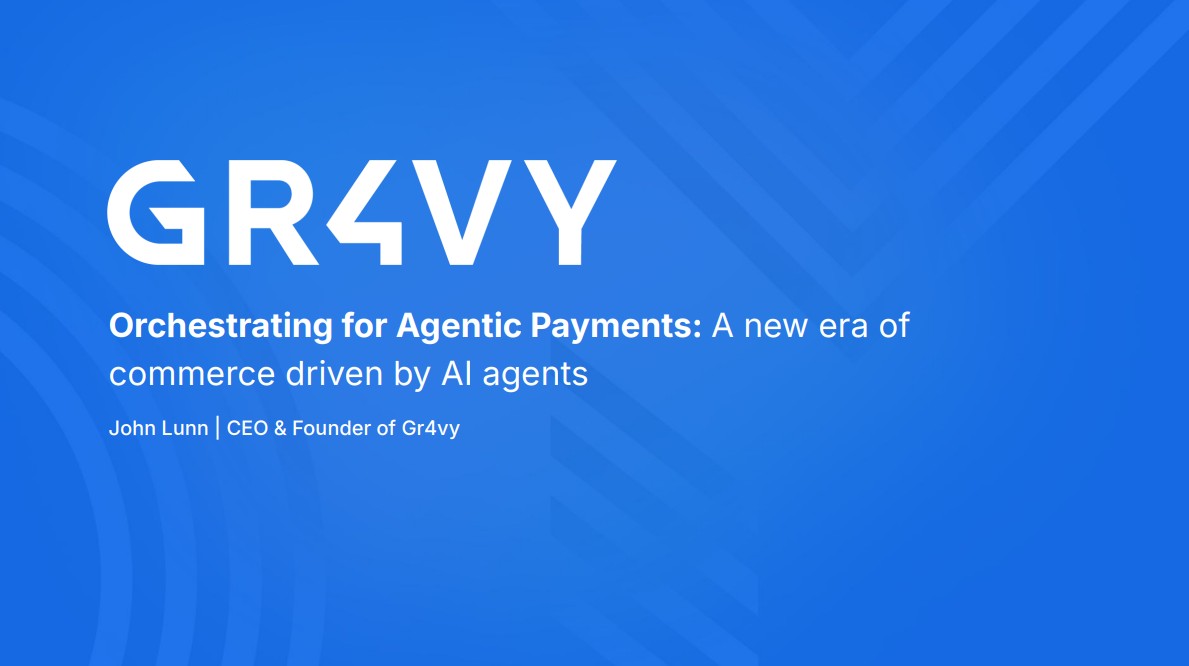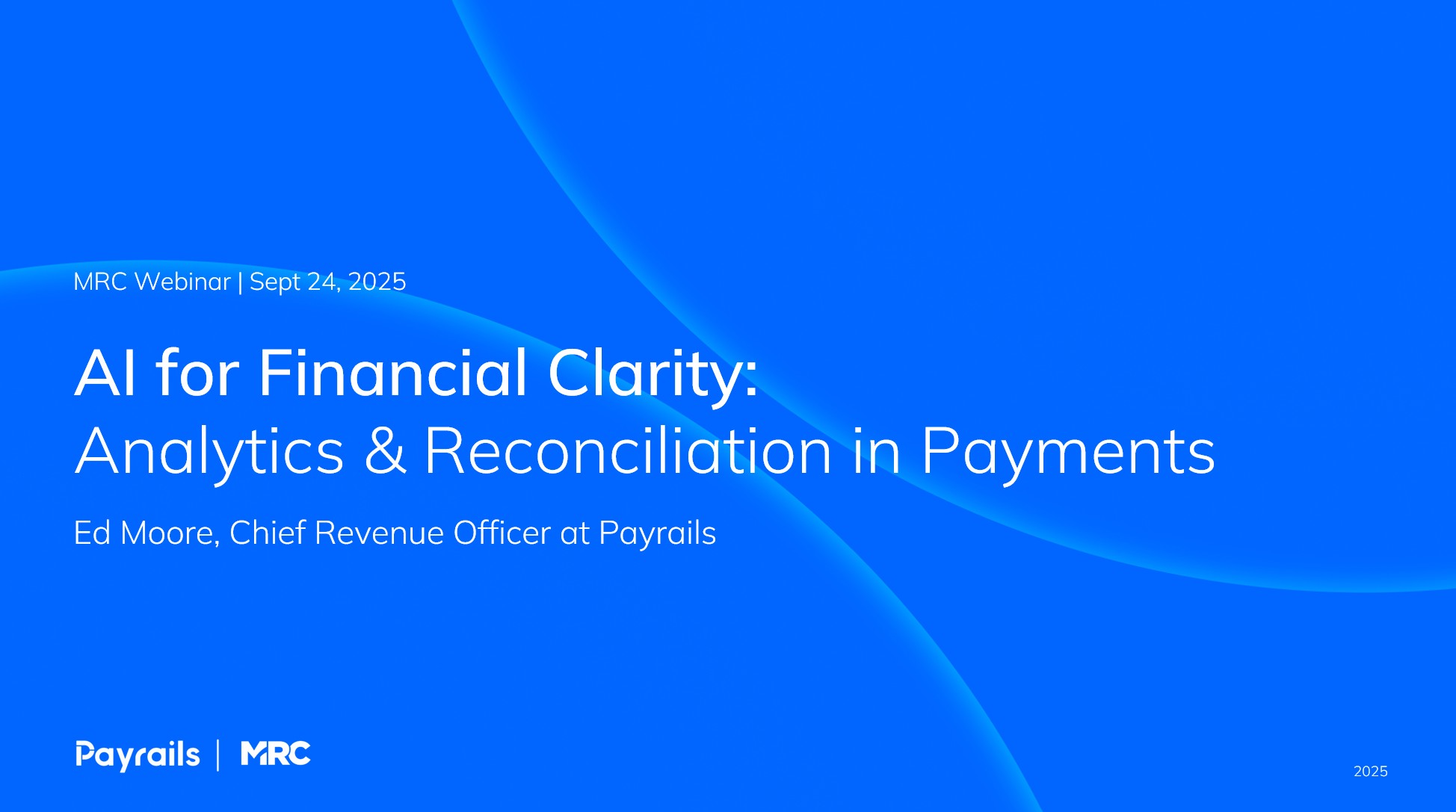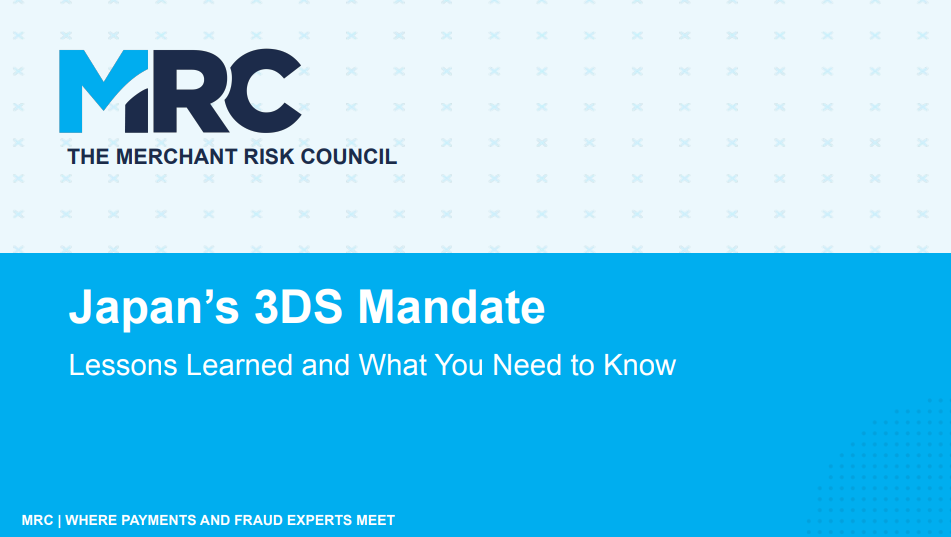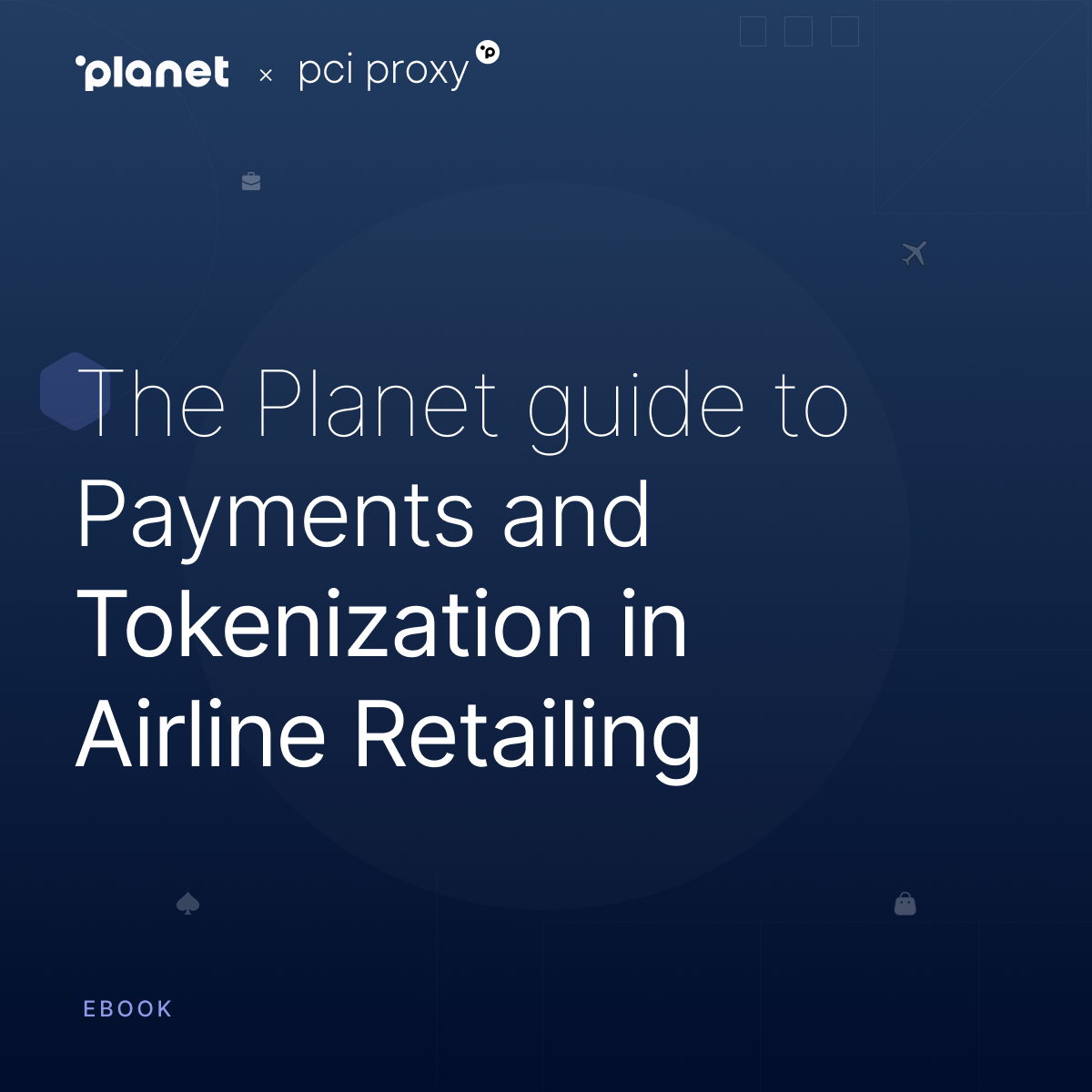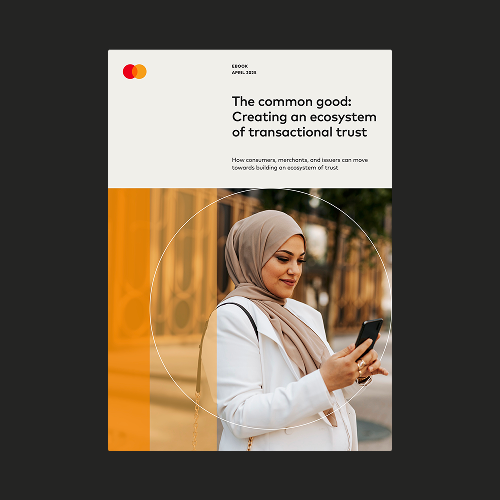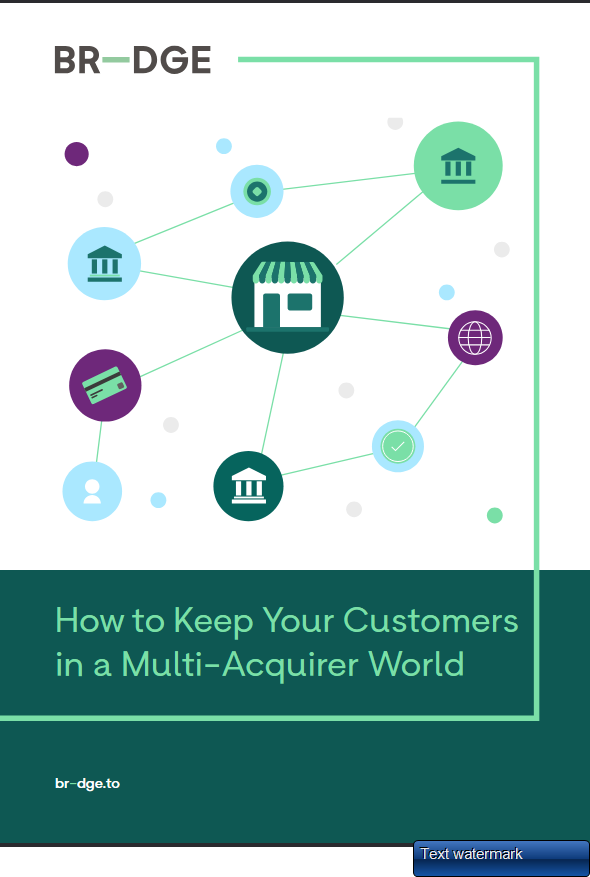Looking for Uplift? Flip The Payments Funnel
By Galit Shani-Michel, VP Payments, Forter
The structure of the payments funnel has looked the same for many years. For a long time, it worked. But recent changes in technology and the newly active interest that banks are taking in network engagement mean that payments teams can start to increase the company’s conversion rate and improve customer experience — if they flip the funnel.
How It Works Right Now
Traditionally, when a customer hits checkout, here’s what happens:
- The merchant sends the transaction, with all its basic information (timestamp, card details, amount etc.), to the issuing bank, via a processor/PSP.
- The issuing bank decides whether or not to authorize the transaction.
- The issuing bank sends its decision to the merchant.
- The merchant undertakes a thorough fraud check before deciding whether to approve or decline the transaction.
So the bank assessment comes first, based on the most basic possible data set, and then only after that, the merchant completes the fraud check.
Looking at the past, there were compelling reasons to do things this way around, primarily because it reduced the “noise” that merchant fraud teams had to deal with. By the time a transaction reached their hands, the bank had already blocked some fraud, prevented card testing, and dealt with the transactions for which there were insufficient funds and so on.
The merchant’s fraud team could focus on a relatively small number of transactions, with the context of AVS and CVV checks, reducing the costs associated with fraud vendors and the burden on manual review teams. Moreover, placing fraud checks at the end of the funnel meant less pressure on the manual reviewers to turn decisions around; post-authorization needs to be fast but not instant.
What’s Changed — And Why the Cost is Now High
This funnel made sense historically because merchants were working on the reasonable assumption that they couldn’t impact their bank authorization rate. Whether a transaction was authorized was down to the bank, not to the merchant.
Bank authorization processes have long been obscure to merchants, but recent, increased collaboration between merchants and banks has shifted the landscape in understanding and in terms of what’s possible.
As payments professionals are well aware, during the authorization process, the bank checks a range of critical factual elements connected to the account in question, such as whether the account exists and has sufficient funds for the transaction, whether the billing address matches the one on file, whether the card is enabled for transactions in the relevant country, and so on.
As well as this, though, the bank also conducts its own fraud check. And, since the merchant has only sent the most basic transaction details to the bank, the bank has to decide based on minimal data. Given this context, it’s understandable that around 1-in-5 bank declines are due to suspected fraud. And of those, 2-in-5 of a bank’s fraud declines are legitimate customers.
To better illustrate this, that means that for every $100M in bank declines, $8M of those are false declines. Many merchants today are deciding that if that is the cost of having the bank take on fraud assessment early in the funnel, then the cost is too high.
Flipping the Funnel
So what happens if you flip the funnel and put fraud assessment first?
Since merchants know so much more about the customer and the transaction than the bank does, what happens is that you get a more accurate fraud assessment, leading to higher approval rates. It’s far easier for a merchant to identify the subtle signs that show that a complex story is a legitimate customer.
Merchants, in turn, can then share their insights with issuing banks as part of the payload of information they’re sending about the transaction. The bank benefits from the extra data and the merchant’s trust in their customer and becomes more likely to authorize the transaction. If the merchant uses a fraud provider with which the bank has an existing relationship of trust, this effect is amplified.
Revenue Uplift and Improved Customer Experience
The improvement in fraud prevention technology in recent years has dramatically increased the speed and accuracy of fraud decisions, meaning pre-authorization decisions are not only possible practically speaking but also have the potential to hugely increase a business’s bottom line.
CVV and AVS are simply not essential anymore, and in some cases actually unhelpful. Merchants with modern fraud fighting systems have moved well beyond such checks, able to tailor decisions to avoid friction and false positives as much as fraud.
Now that banks are actively enthusiastic about partnering with merchants to collaboratively improve approval rates, it makes sense to enable as much of an uplift as possible. This is better for the merchant, the bank, and the customer because there’s no worse experience than a false decline. Flip the funnel — and false declines decrease.
Different merchants take different approaches to implement this change, and it’s vital for each merchant to analyze their own payment stack and business requirements to choose the best method for their business.
To find out more about different approaches merchants are taking to flip the funnel, visit the Forter web site for additional resources.





